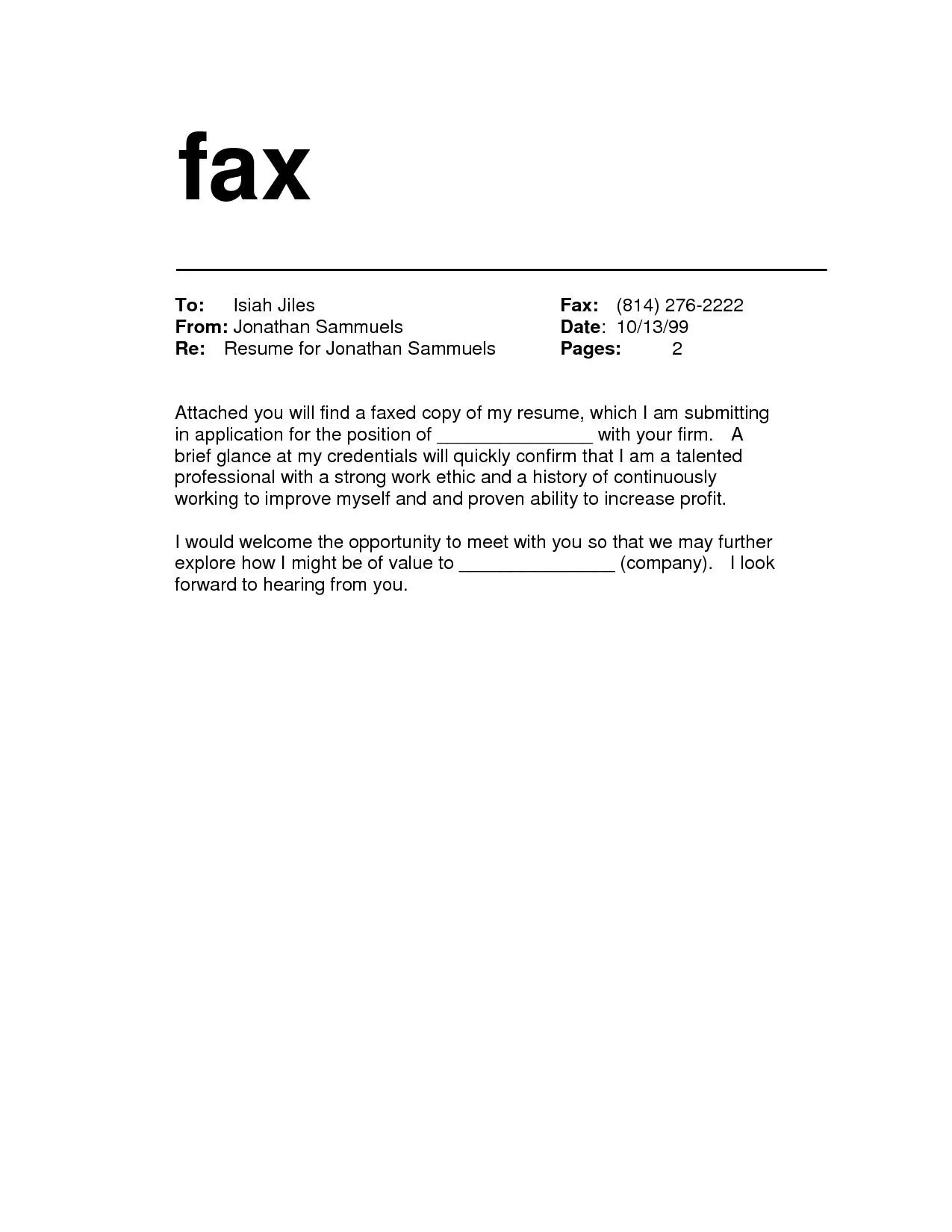What is a Fax Cover Letter?
A fax cover letter is a brief document that accompanies your fax transmission. Its primary purpose is to provide the recipient with essential information about the fax, such as who it’s from, who it’s for, and the contents of the attached documents. Think of it as a digital handshake, introducing your fax and ensuring it reaches the correct person and is understood immediately. Without a proper cover letter, your fax might be overlooked, misinterpreted, or even discarded, leading to missed opportunities or miscommunication. This seemingly small piece of paper plays a significant role in successful document delivery.
Importance of a Fax Cover Letter
The importance of a fax cover letter extends beyond simply identifying the sender and recipient. It serves several crucial functions. Firstly, it helps in quickly identifying the purpose of the fax, which can be particularly useful if the recipient receives many faxes. Secondly, it provides context, helping the recipient understand the documents attached. Thirdly, it ensures that the recipient knows to expect the fax and can easily find it. Moreover, it can prevent miscommunication or delays. When dealing with sensitive information or time-sensitive documents, a well-crafted cover letter becomes even more critical. This adds professionalism and enhances the credibility of your communication.
Key Elements of a Professional Fax Cover Letter
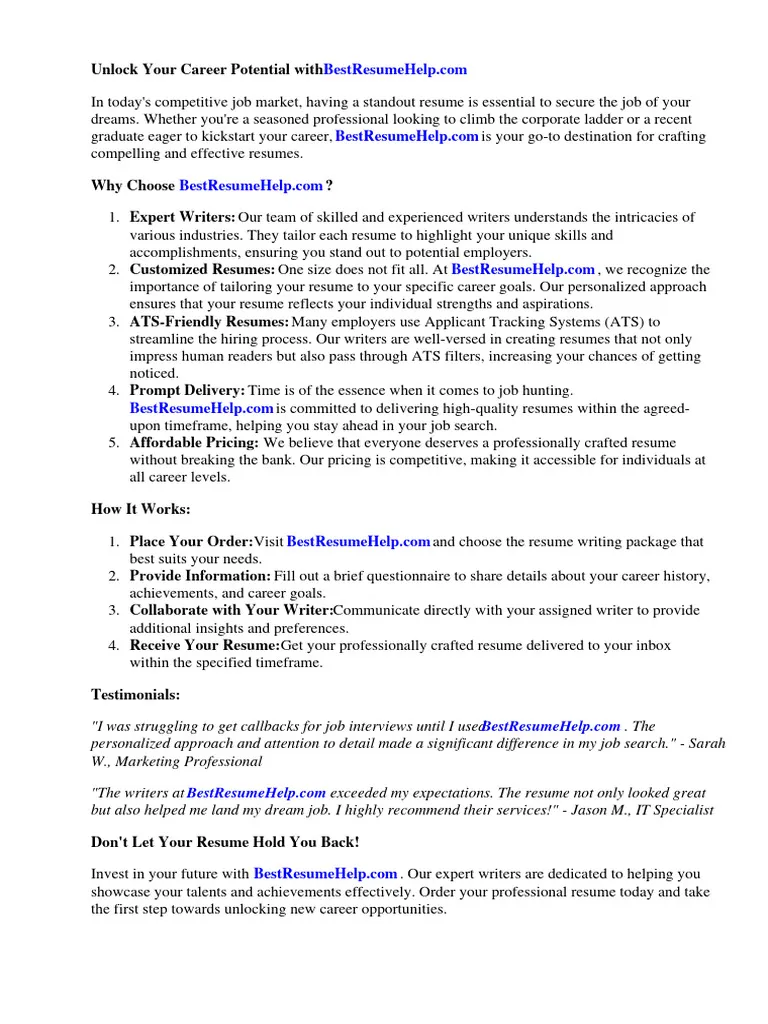
A professional fax cover letter includes several essential elements to ensure clarity and effectiveness. Omitting even one key element can lead to confusion or delay. It’s like having a recipe without listing the ingredients; it makes it difficult to prepare the dish correctly. By incorporating these parts, you ensure that your fax is clear, easily understood, and handled correctly. Here’s a breakdown of each part:
Recipient Information
Start by clearly stating the recipient’s full name, job title (if applicable), and company name. Be precise to prevent it from going to the wrong recipient, especially in large organizations or departments. Double-check the details to make sure the information is up-to-date and accurate. Incorrect recipient information can lead to significant delays or even the loss of your documents. Always confirm the recipient’s fax number to be sure the documents reach the correct place.
Sender Information
Provide your full name, job title, company name, and your contact information. Include your phone number and email address so the recipient can easily contact you if they have questions or need to reply. It is also good practice to include the fax number from which you are sending the documents. This helps the recipient identify who sent the fax. Clear sender information helps the recipient to easily identify you and to facilitate communication. (Image: fax-cover-letter-sender.webp)
Date and Subject Line
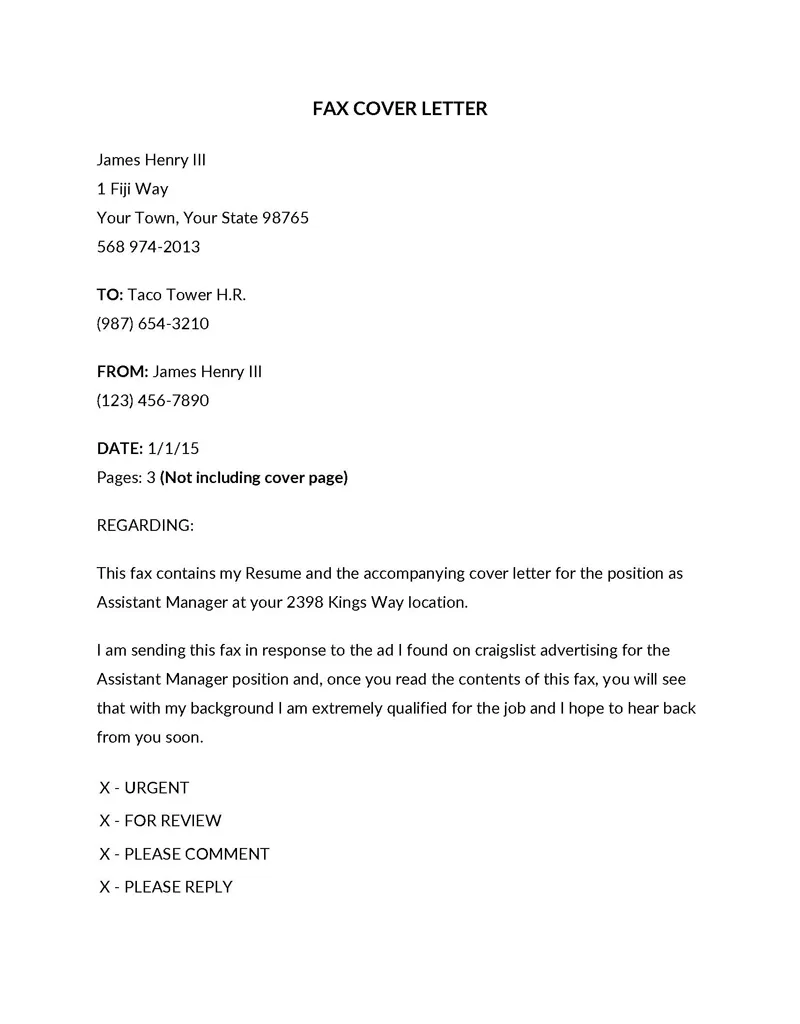
Include the current date at the top of the cover letter. A clear subject line is extremely important. It should be brief, yet descriptive, indicating the subject of the fax. For example, “Re: Contract Proposal” or “Re: Invoice #1234.” The subject line helps the recipient understand the fax’s content quickly. A well-crafted subject line enables the recipient to prioritize the fax and understand its content at a glance. Without a clear subject line, your fax might be overlooked.
Opening and Closing
Begin with a professional greeting, such as “Dear [Recipient’s Name].” The body of the letter is where you state the purpose of your fax and provide additional information. At the end, include a concise closing, such as “Sincerely,” or “Best regards,” followed by your name. The opening and closing set the tone for your communication and frame the content of the message. This creates a sense of professionalism and respect.
Body of the Cover Letter
In the body, state the purpose of the fax in the first paragraph and briefly explain the documents attached. Include any crucial details. Keep the body brief and to the point, respecting the recipient’s time. Conciseness is key in a fax cover letter. Make sure your message is easy to understand. Avoid unnecessary jargon. The goal is to provide the essential information in a clear and efficient way.
Document Details
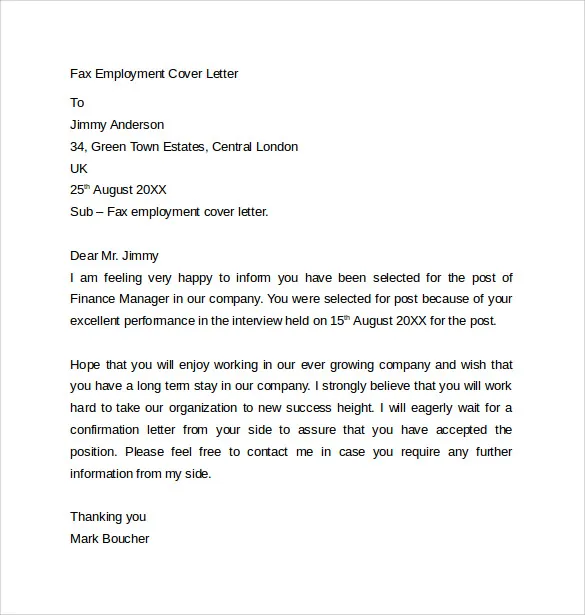
Specify the number of pages included in the fax, especially if it contains multiple documents. This helps the recipient ensure they received the entire fax. If there are specific actions the recipient needs to take, highlight them in this section. Providing clear document details eliminates confusion. The recipient knows exactly what to expect. This helps improve the efficiency of the fax process.
Call to Action
If you require the recipient to do something, such as signing a document or providing a response, clearly state your request. Provide a deadline if necessary. A clear call to action ensures the recipient understands what is expected. This contributes to a more successful and productive exchange. Specifying what you want makes the process more efficient.
Tips for Writing a Professional Fax Cover Letter
Writing an effective fax cover letter requires more than just filling in the blanks. It’s about presenting your message in a way that is clear, concise, and professional. Small details can have a big impact. Always remember that your cover letter is a reflection of your professionalism and attention to detail. It is the first impression you make on your recipient through the fax. Following these tips will help you create cover letters that are effective and efficient.
Keep it Concise and Clear
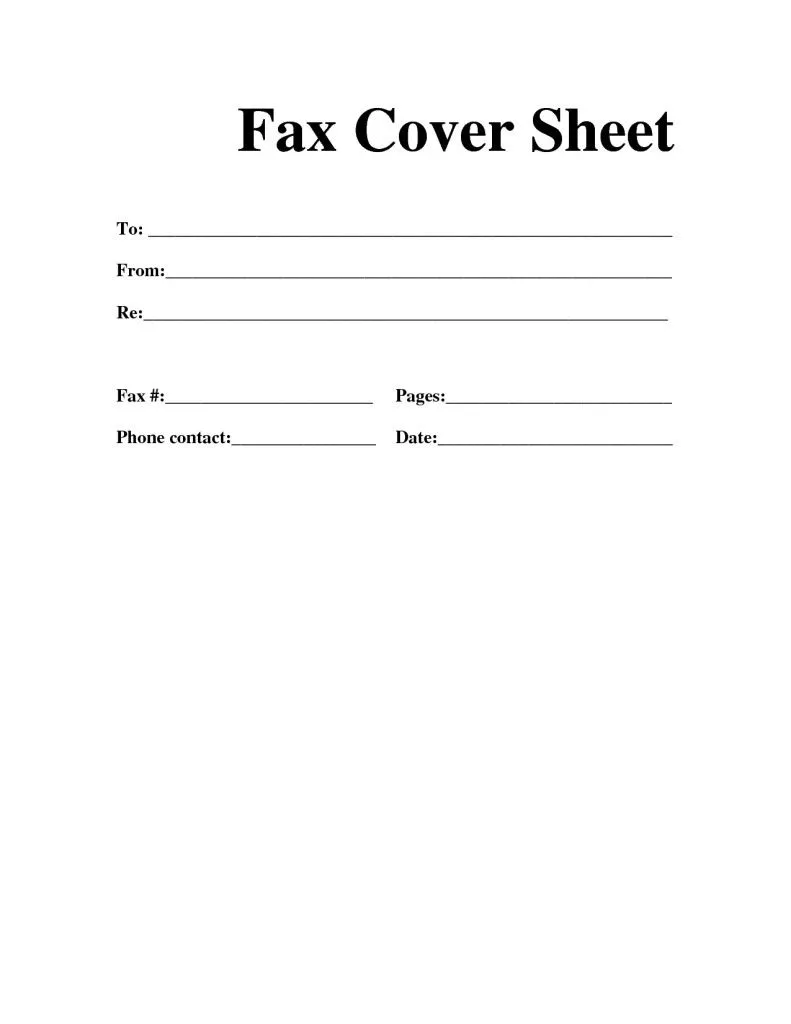
A fax cover letter should be brief, typically no more than one page. Get to the point quickly, avoid jargon or unnecessary details. Write short, easily understandable sentences and paragraphs. Clarity is key. The goal is to provide the necessary information quickly and effectively. Respect the recipient’s time. A concise letter is much more likely to be read and acted upon.
Proofread Carefully
Proofreading is essential. Always review your cover letter for any errors in grammar, spelling, or punctuation. Errors can make you appear unprofessional. This can damage your credibility. Read the letter aloud to check for any awkward phrasing or unclear sentences. Use a spell checker, but do not rely on it completely. Careful proofreading ensures your message is received as intended. This also helps avoid any misunderstandings.
Use a Professional Tone
Maintain a professional tone throughout your cover letter. Use formal language and avoid slang or casual expressions. Be polite and respectful. Your tone sets the stage for your entire communication. This shows that you are serious and attentive. A professional tone builds trust and makes it more likely that the recipient will take your request seriously.
Formatting Your Fax Cover Letter
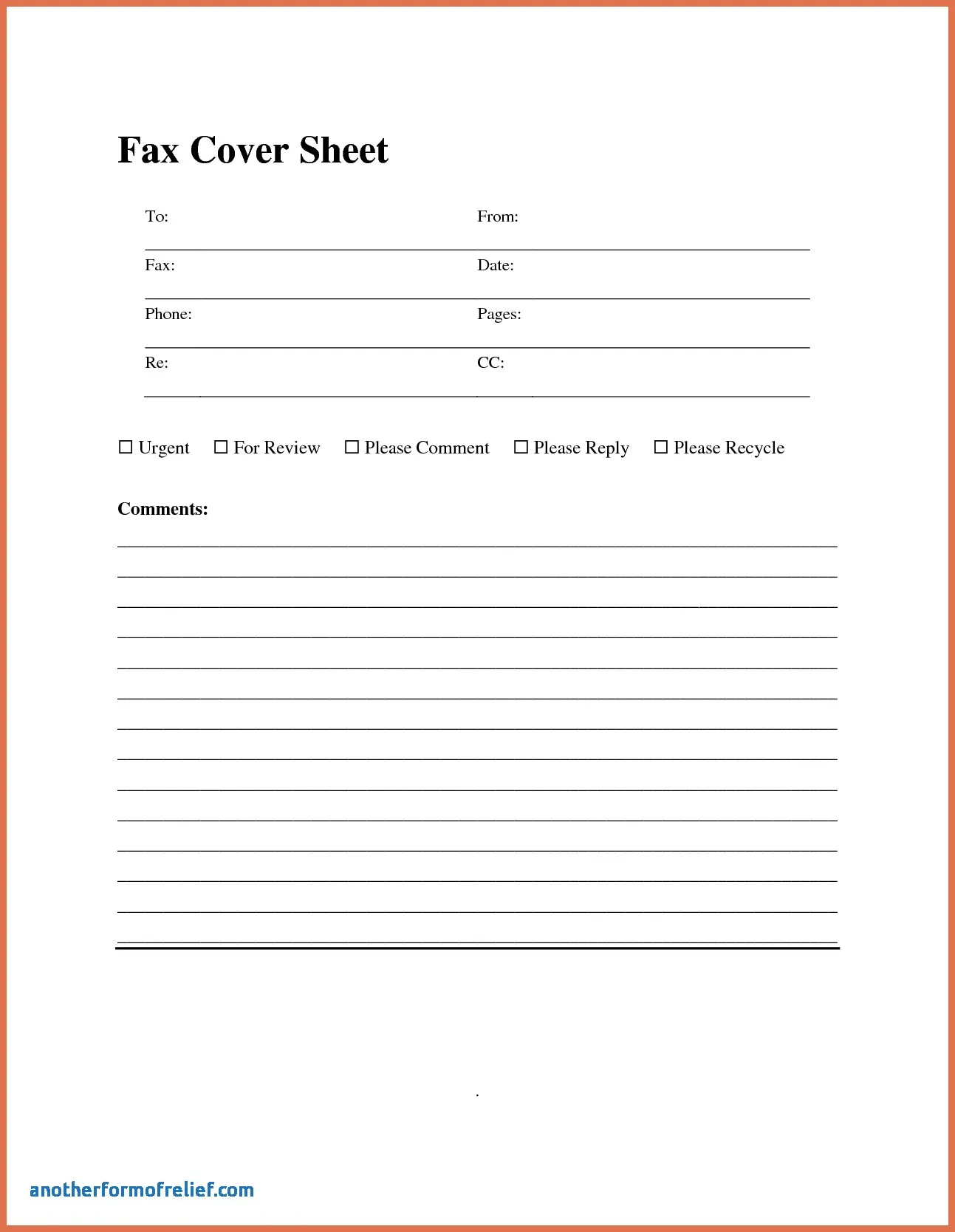
Proper formatting significantly improves the readability of your fax cover letter. A well-formatted letter is easier to read and comprehend. This contributes to a positive first impression. When formatting your cover letter, consider the following:
Font and Size
Use a standard font like Times New Roman, Arial, or Calibri. Choose a font size of 10–12 points for easy reading. Avoid overly stylized or decorative fonts. The goal is to choose a font that is legible and professional. Make sure your font size is easily readable. This ensures that your message is clear.
Margins and Spacing
Use standard margins (1 inch on all sides) to create visual space. This enhances readability. Single-space the body of the letter and use a double space between paragraphs. This makes the text easy to navigate and reduces eye strain. Good formatting improves the visual appeal of your letter. This ensures that your message is easy to read.
Templates and Examples
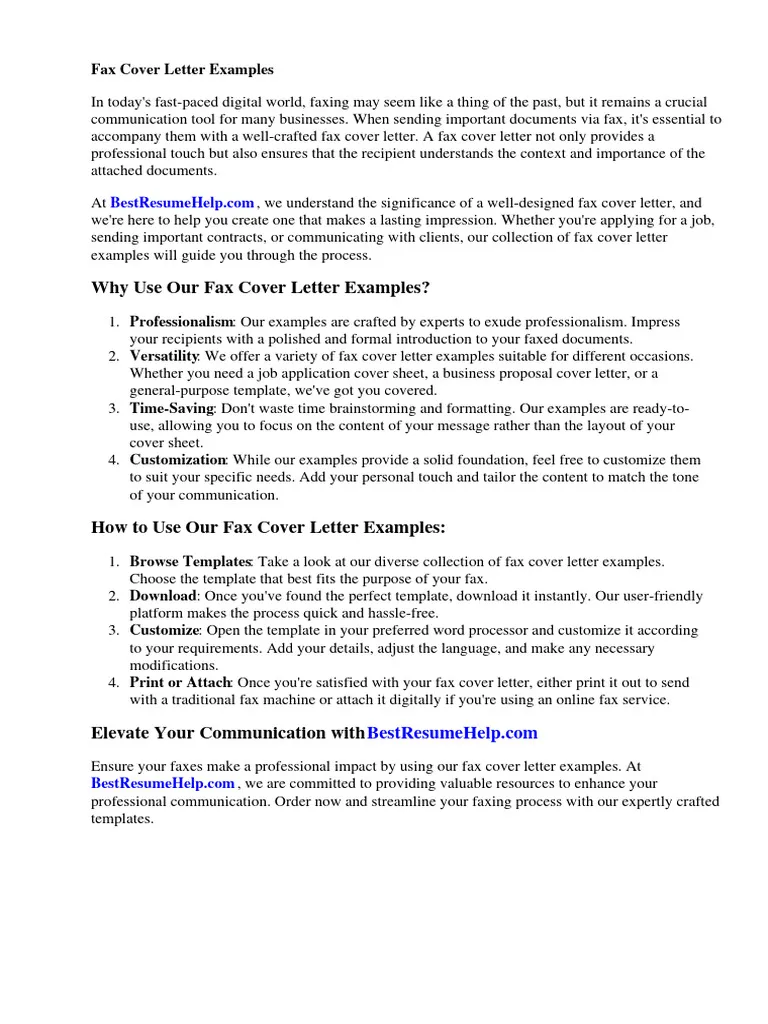
Templates are great for saving time and ensuring you include all the necessary information. They provide a structured framework. They make it easy to create a professional cover letter. Customizing a template to meet your specific needs is recommended. This ensures that it matches your specific requirements. Using templates and examples can help you craft effective fax cover letters efficiently.
Where to Find Templates
Many online resources offer free fax cover letter templates. You can find templates on websites such as Microsoft Office, Google Docs, and various business template providers. You can search for templates based on your industry or the specific type of document you are sending. When you have a great template, you can customize the template to your needs. Use templates as a starting point to meet your specific requirements. (Image: fax-cover-letter-template.webp)
Adapting Templates to Your Needs
When using a template, adapt it to fit your situation. Change the recipient and sender information. Modify the subject line. Tailor the body of the letter to accurately reflect the contents of the fax. Make sure the template matches the specific document you are sending. Customizing your template to make it more useful. This ensures that your message is relevant. Take the time to adapt it, so it suits your particular requirements. (Image: fax-cover-letter-example.webp)
Common Mistakes to Avoid
Certain mistakes can undermine the effectiveness of your fax cover letter. By avoiding these, you can significantly improve your communication and avoid misunderstandings. Here are some of the most common mistakes and how to avoid them. Make sure you have a professional fax cover letter for the recipient.
Incorrect Recipient Information
One of the most common mistakes is inaccurate recipient information. This can include the wrong name, job title, or fax number. Always double-check the information before sending the fax. Incorrect information can lead to the fax being sent to the wrong person. Your documents might not get the attention they need. Confirming the information is essential. It helps to ensure it reaches the right recipient. (Image: fax-cover-letter-recipient.webp)
Lack of Clarity
Another mistake is a lack of clarity in the cover letter. The recipient should be clear about the purpose of the fax. Explain what the documents are, and any required action in a brief, easy way. Avoid vague language and be as specific as possible. The more details provided, the better. Be direct. Make it easy for the recipient to understand your intentions and what you want.
Ignoring Proofreading
Ignoring proofreading can lead to errors. Always proofread your cover letter for spelling and grammatical errors. Mistakes can make you look unprofessional. They can also lead to misunderstandings. Even a small error can significantly detract from the message. Take the time to review your work. Ask someone else to review it. Proofreading is important. This avoids mistakes and adds credibility to your communications. (Image: fax-cover-letter-mistakes.webp)
Fax Cover Letter Best Practices
Adhering to these best practices helps you create effective fax cover letters. This boosts your communication and improves the success rate. When in doubt, always double-check everything. These practices will help you deliver professional faxes.
- Always include a clear subject line
- Be concise and to the point
- Double-check recipient information
- Proofread carefully for errors
- Use a professional tone and formatting
- Specify the number of pages
- Provide a clear call to action if needed
By using these tips, you will ensure that your fax communications are professional and effective. They improve your communication and leave a good impression. You will maintain a good reputation.
